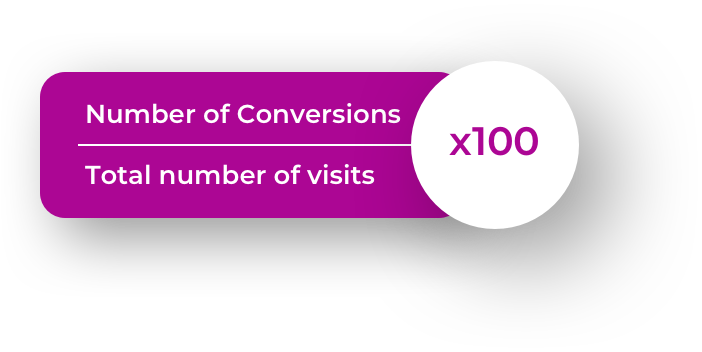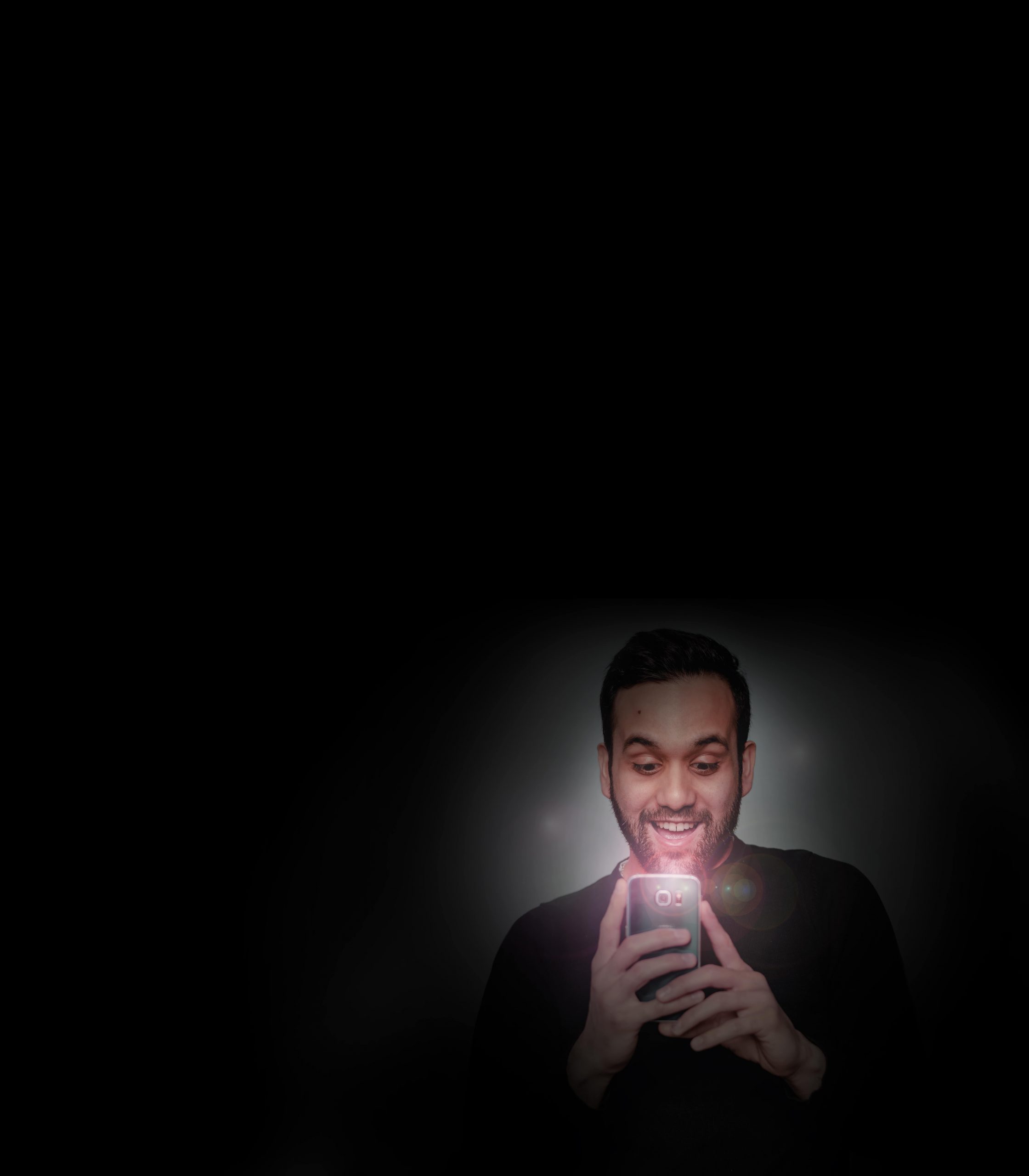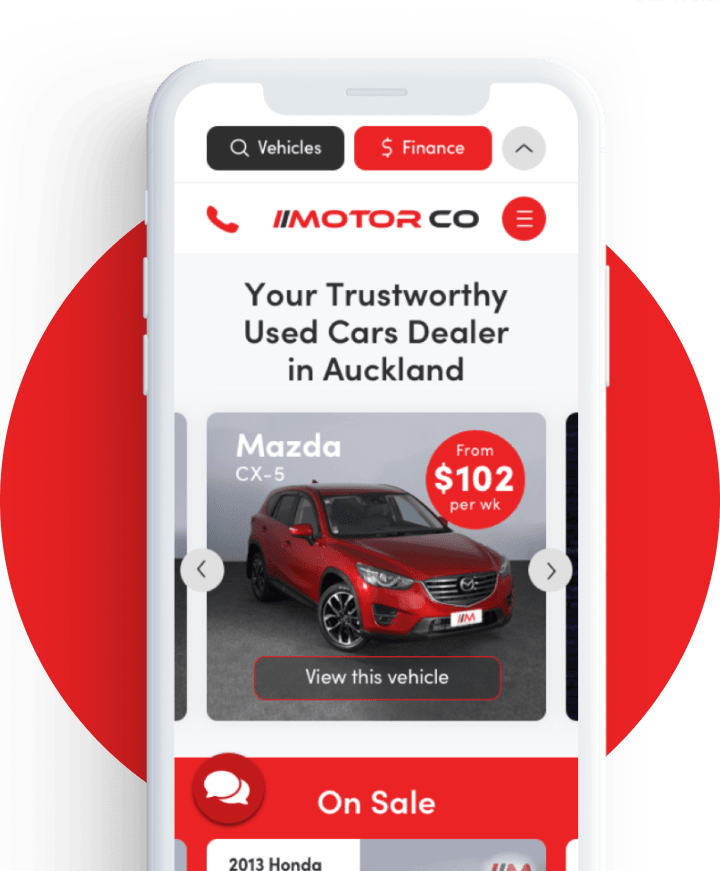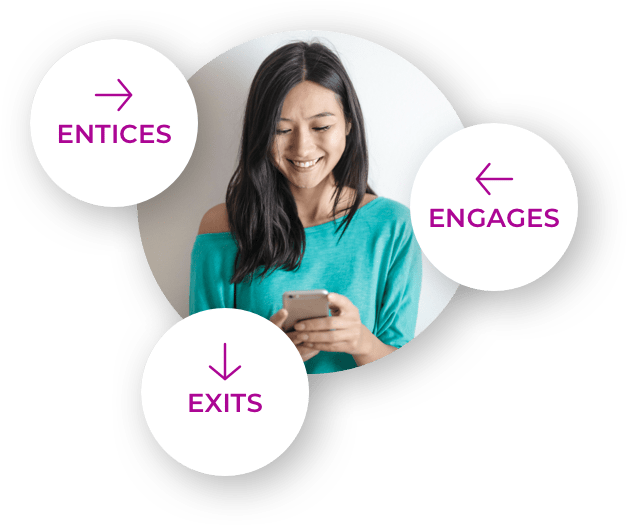Improve Website Conversions – Conversion Rate Optimisation Services
What is conversion rate optimisation (CRO)?
Conversion rate optimisation (CRO) is the process of increasing the percentage of users/people visiting your website to complete a desired action. These actions can include purchasing a product or service, creating an account, filling out a form or clicking on a link to name a few.
What is my conversion
rate?
The first thing we’re asked is what is the average conversion rate? The average rate is anywhere between 1% and 4%. Conversion rate is calculated by dividing the number of conversions by the total number of visitors, then multiplying by 100 to get a percentage.
But don’t be held up on these percentages.
Conversion rates differ depending on conversion goals plus every website page and audience is different. If you concentrate on what really matters to people visiting your site and giving them best user experience conversions will happen.


Sometime its a simple fix,
sometimes it’s not.
When improving your conversions a simple
repositioning of a product, or a more engaging
headline could unblock someone from completing
an action. Other times, you may be getting plenty of
traffic to your website and your site seems to be
working perfectly well, but people just aren’t
converting. This is when you have to look deeper,
focusing on people first.
Improve your website conversion today, lets chat
Tools to help you build a CRO plan.
There are a number of tools and methods out there that will help you achieve a better conversion rate. Here are a few of the most important ones.
You, yes one of the best tools is you.
Your eyes and ears.
Using your ears you can listen to what people
have to say. Your eyes, you can watch how
people are interacting with your website.
Your voice.
Talk with staff members and the design team
who built your site. Get their feedback and
suggestions.
Qualitative non-numerical data to learn why.
Website feedback.
The best way is to just ask. Create a simple quick
question pop up. Whats stopped you from
continuing?
Website session recordings.
See how people navigate through your website.
You can see where drop-offs occur, hesitate
when performing an action, loading times.
Website feedback.
The best way is to just ask. Create a simple quick
question pop up. Whats stopped you from
continuing?
Website session recordings.
See how people navigate through your website.
You can see where drop-offs occur, hesitate
when performing an action, loading times.
Quantitative numerical data to track what is happening.
Analytics tools.
Track website traffic using tools like Google
Analytics.
Heat map tools.
See what people are interacting with before
they drop-off. Heat maps visually show you
where people are clicking, scrolling or exiting.
A/B testing.
A/B testing any changes you make so you can
measure which gets higher conversion.
Customer satisfaction tools.
Measure customer satisfaction on a scale from 1
to 10.
Applying your CRO plan
to design.
CRO, user experience (UX) design and user interface (UI) design have very similar structural techniques, if not the same. Data/results gathered through the CRO plan can now be applied visually to the design.
This could include the style of imagery, how it’s presented,
headline sizing, tone of voice, right down to knowing whether rounded corners or straight corners will enhance the user experience on your site.

How CRO benefits SEO
Basically there are two types of CRO. There is the conversion rate optimisation, which happens after a
person makes it to your site (we have explained this above). Then there is the conversion optimisation
for SEO or paid ads. This focuses on who clicks through to your site, how many clicks you get, and which
keywords are driving traffic.
So how these two CRO work together?
Always make sure your search aligns with its targeted page
I know this might sound straightforward, but it’s surprising how many companies don’t do this. If not, change it. What do we mean by this. Let’s say I was to search for ‘cool coffee cups’ and a particular page from your website appeared in my search. I click on it, only to be shown glass tumblers. Very annoying, customer satisfaction 0, bounce rate high.
Customer journey
How good is your site to navigate around, am I enjoying your site, am I staying on your site for a long period of time, am I creating an action while on your site. User experience and customer journey is something search engines are regulating and ranking your site based on their finding. Essentially if their customers (you and I) aren’t getting a good result from one of their listings then we are not achieving a good user experience. Example, websites which are not responsive across multiple devices/screen sizes tend to rank lower.
Technical elements
There is a number of technical elements like tracking codes, meta tags, breadcrumbs to name a few, which help with SEO and conversations.
How will you know if it’s worked?
Your website matches what ENTICES your target market. People can find what they are looking for.
You have reduced EXITS by listening to the market, not what you think the market should hear.
You now have compelling reasons that ENGAGES with your ideal audience who choose to go from a stranger to a prospect.
Customer experiences are always evolving. Our tastes change as we can be influenced by others or social events.
Therefore, listen to your market and never stop exploring. Our web design and web development efforts considers all these factors.

